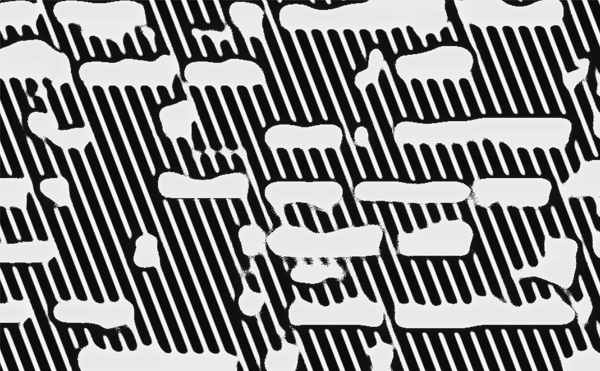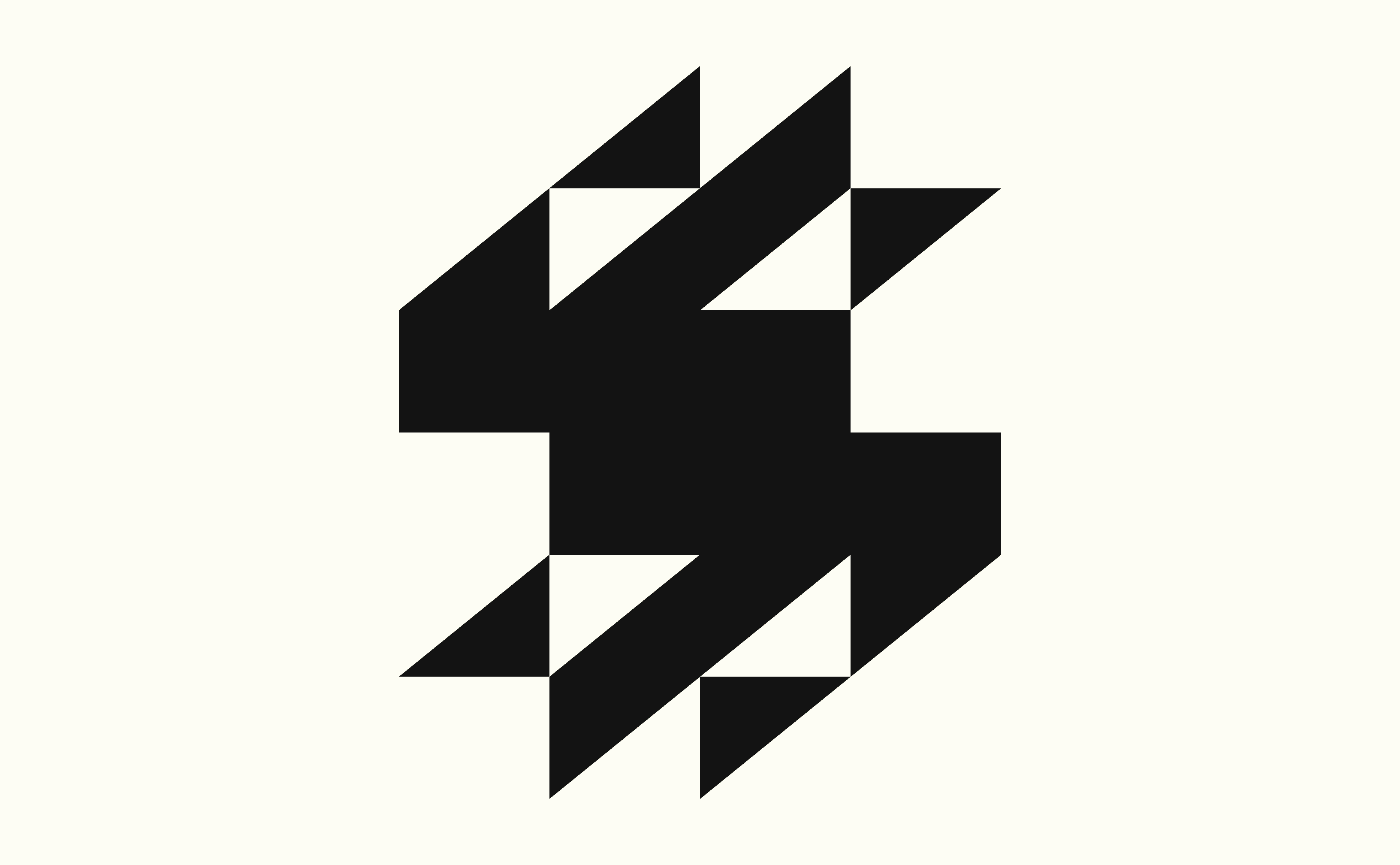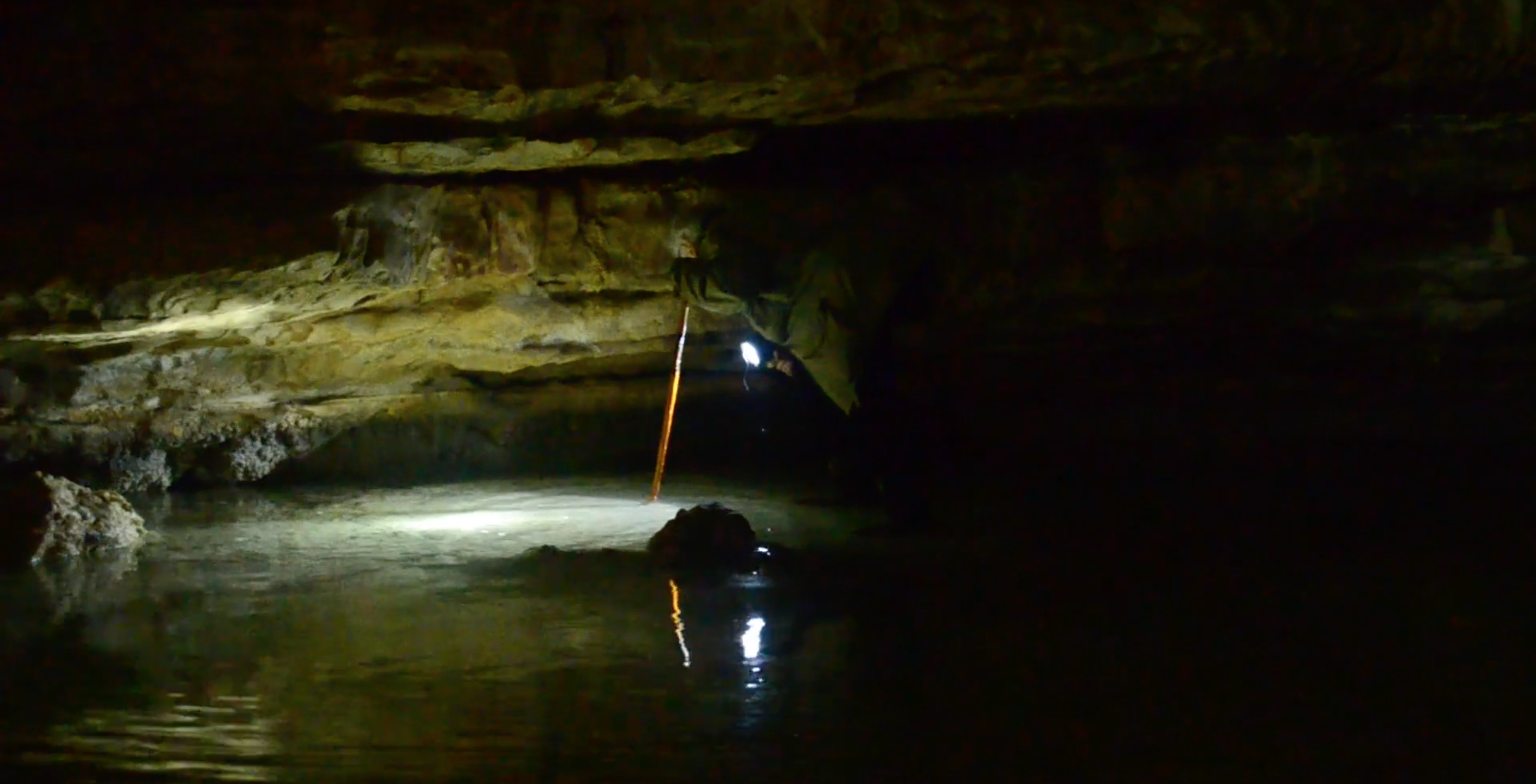Archeoacoustic Research of the
Rotunda in Bény (2021)
category:
Documentary
date:
January 2021
realisation:
Spatial Sound Institute
Documentary
date:
January 2021
realisation:
Spatial Sound Institute
This documentary was made during archaeoacoustic fieldwork of our international research group in the medieval Rotunda of Bény (Bína) in April 2019. The settlement in Central Europe used to belong to the Hungarian Kingdom for centuries during the Middle Ages and also continuously until the first part of the 20th century. Now it is situated in the southern part of Slovakia, close to the present Hungarian border.
This short video gives an introduction to our multidisciplinary archaeoacoustic study and draws the attention to a medieval sacred place where unusual sound phenomena can be experienced. The unique feature of the Rotunda are the 12 mysterious vaulted niches within. First oral history as an anthropological method of study was used and local people were interviewed to understand local legends relating to the rotunda.
Founder and leader of the research project is Dr. Irén Lovász (HU) a cultural anthropologist, singer, scholar of voice in therapy and sacred communication from Budapest.
In 2016 and 2017 our first fieldwork was undertaken to test the rotunda’s archaeoacoustic and resonant properties with the contribution of Professor Paolo Debertolis (IT), University of Trieste. Equipment, methods, results with our conclusion were presented and published in the III Archaeoacoustic conference in Tomar, Portugal in 2017. According to our hypothesis there was probably a definite awareness of resonance and the conscious application of artificial niches into the architectural construction in order to improve sound quality thus serving spiritual purposes, since niches, recesses or alcoves were used as natural resonators in medieval architectural construction.
In the next turn of study we expanded our research team and changed the concept and technical facilities of the recordings. After taking into consideration the possible use of human voices in the niches and in the whole rotunda we also changed the position of microphones. First we used male voice and the testing method of our invited guest Professor Iegor Reznikoff (FR), musicologist, singer, the internationally respected leading scholar of archaeoacoustic research. This study was performed using voice, from 60 to 260 Hz, with intensity around 70 dB (using mostly simple humming mm) and possibly up to 90 – 95 dB, and using whistles for higher frequencies. Besides, a simultaneous parallel study was carried out using acoustic recording and reproduction technologies by Paul Oomen (NL), composer, researcher, founder and director of 4DSOUND and the Spatial Sound Institute in Budapest, in order to document and understand the most prominent acoustical properties in the Rotunda. Our research describes the acoustical reasons for observed phenomena and draws conclusions on the likeliness of an intentional sound design in the architecture of the Rotunda. Based on the acoustic findings, it may be concluded that the village myth is true as far that each niche has significantly different resonances, these are clearly audible and measurable in the niches when excited by the human voice. To get closer to understanding the original function of the Rotunda, we continue our multicisciplinary research in order to get the answer for the question of intentionality of the niches and to the original purpose of the building itself.
With the unique equipment, setup and 4DSOUND system of the Spatial Sound Institute in Budapest we also plan to create a virtual acoustic map of the rotunda. It could serve not only scientific but also artistic purposes of creative acoustic performances and contemporary sound installations by exploring spatial sound as a medium. Through this aproach of virtual acoustic mapping of the Bény Rotunda we could not only understand its original function and imagine the sound behavior there, but we could be able to recall and recreate its unique and intriguing sound qualities also outside the physical space of the Rotunda in Bény.
A film with:
Iegor Reznikoff (FR)
Irén Lovász (HU)
Paul Oomen (NL)
A film by:
Ana Amorós López (ESP)
Sound Production and Mastering:
Vladimir Razhev (RU)
Sound Recordings On-Site:
Paul Oomen (NL)
Eric Raynaud (FR)
Cameras:
Ana Amorós López (ESP)
Eric Raynaud (FR)
Sound pieces in order of appearance: Irén Lovász: Én fölkelék (ancient Hungarian folk prayer)
Iegor Reznikoff: improvisation
Irén Lovász: Szivárvány havasán (ancient Hungarian folk song with medieval psalmodic melody)
Special thanks to local people: György Himmler, Gyula Koczka, Katalin Koczka, Szabolcs Kremmer and his family, András Nagy, András Szalai
Produced by:
Irén Lovász and Paul Oomen
This film was realised with the generous support of the:
Károli Gáspár Református Egyetem
Magyar Művészeti Akadémia
Spatial Sound Institute
In 2016 and 2017 our first fieldwork was undertaken to test the rotunda’s archaeoacoustic and resonant properties with the contribution of Professor Paolo Debertolis (IT), University of Trieste. Equipment, methods, results with our conclusion were presented and published in the III Archaeoacoustic conference in Tomar, Portugal in 2017. According to our hypothesis there was probably a definite awareness of resonance and the conscious application of artificial niches into the architectural construction in order to improve sound quality thus serving spiritual purposes, since niches, recesses or alcoves were used as natural resonators in medieval architectural construction.
In the next turn of study we expanded our research team and changed the concept and technical facilities of the recordings. After taking into consideration the possible use of human voices in the niches and in the whole rotunda we also changed the position of microphones. First we used male voice and the testing method of our invited guest Professor Iegor Reznikoff (FR), musicologist, singer, the internationally respected leading scholar of archaeoacoustic research. This study was performed using voice, from 60 to 260 Hz, with intensity around 70 dB (using mostly simple humming mm) and possibly up to 90 – 95 dB, and using whistles for higher frequencies. Besides, a simultaneous parallel study was carried out using acoustic recording and reproduction technologies by Paul Oomen (NL), composer, researcher, founder and director of 4DSOUND and the Spatial Sound Institute in Budapest, in order to document and understand the most prominent acoustical properties in the Rotunda. Our research describes the acoustical reasons for observed phenomena and draws conclusions on the likeliness of an intentional sound design in the architecture of the Rotunda. Based on the acoustic findings, it may be concluded that the village myth is true as far that each niche has significantly different resonances, these are clearly audible and measurable in the niches when excited by the human voice. To get closer to understanding the original function of the Rotunda, we continue our multicisciplinary research in order to get the answer for the question of intentionality of the niches and to the original purpose of the building itself.
With the unique equipment, setup and 4DSOUND system of the Spatial Sound Institute in Budapest we also plan to create a virtual acoustic map of the rotunda. It could serve not only scientific but also artistic purposes of creative acoustic performances and contemporary sound installations by exploring spatial sound as a medium. Through this aproach of virtual acoustic mapping of the Bény Rotunda we could not only understand its original function and imagine the sound behavior there, but we could be able to recall and recreate its unique and intriguing sound qualities also outside the physical space of the Rotunda in Bény.
A film with:
Iegor Reznikoff (FR)
Irén Lovász (HU)
Paul Oomen (NL)
A film by:
Ana Amorós López (ESP)
Sound Production and Mastering:
Vladimir Razhev (RU)
Sound Recordings On-Site:
Paul Oomen (NL)
Eric Raynaud (FR)
Cameras:
Ana Amorós López (ESP)
Eric Raynaud (FR)
Sound pieces in order of appearance: Irén Lovász: Én fölkelék (ancient Hungarian folk prayer)
Iegor Reznikoff: improvisation
Irén Lovász: Szivárvány havasán (ancient Hungarian folk song with medieval psalmodic melody)
Special thanks to local people: György Himmler, Gyula Koczka, Katalin Koczka, Szabolcs Kremmer and his family, András Nagy, András Szalai
Produced by:
Irén Lovász and Paul Oomen
This film was realised with the generous support of the:
Károli Gáspár Református Egyetem
Magyar Művészeti Akadémia
Spatial Sound Institute
Related:


